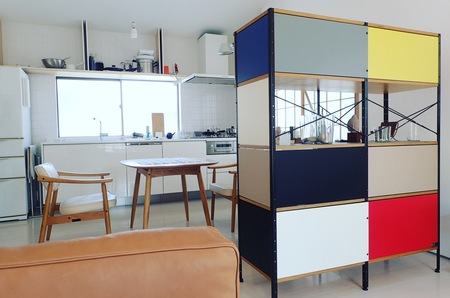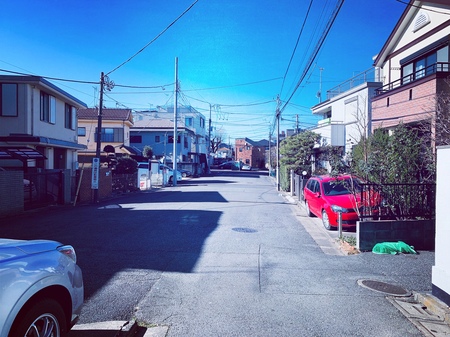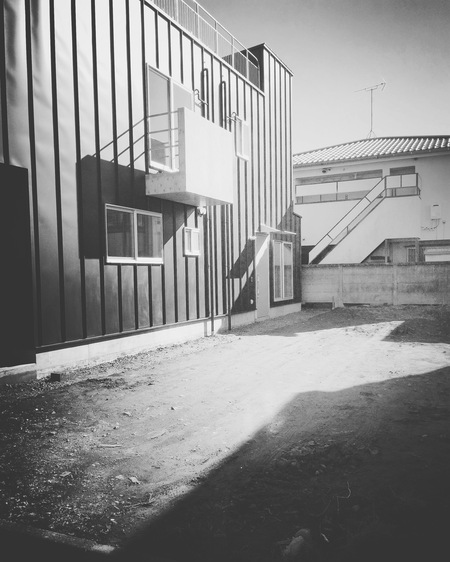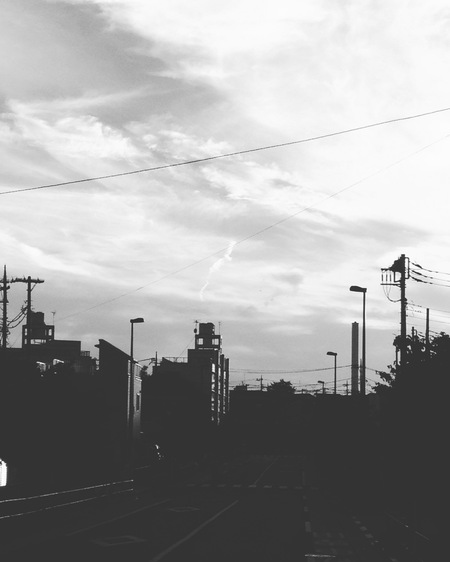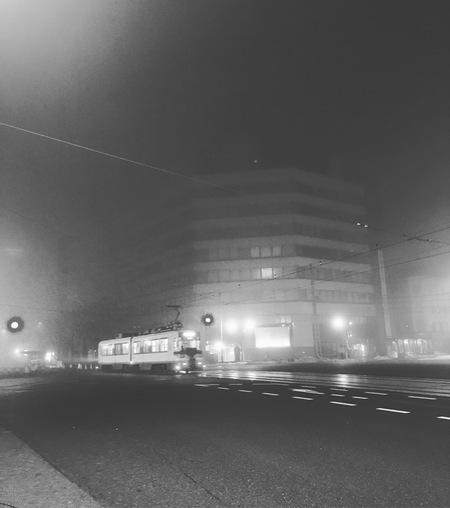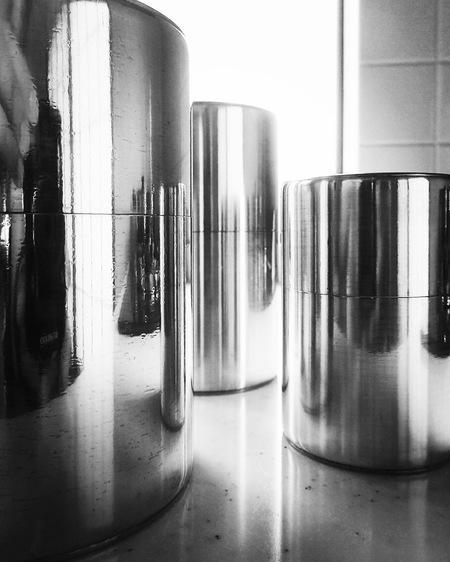はじめの一歩
以前に、人がいて、体を覆う衣服があり、体を支える椅子があり、食事をするためのテーブルがあり、テーブルの上には人が使う食器やカトラリーがあり、そのテーブルを照らす灯りがあり、そのテーブルや椅子や人を囲むように、床や壁や天井があり空間ができ、それが部屋と呼ばれ、部屋がいくつも連なり、家という建築ができる、ようなつくり方がしてみたい、とした。
たぶん、今の設計に対する違和感は全てここに集約されるような気がする。そう思うと、とてもすっきりとした気分になった。
ただ、果たして、このようなつくり方が現実実際にできるのだろうか。
どうしても、実際に敷地に建築を設計しはじめる時にはボリュームチェックから入る。ボリュームチェックとは、その敷地にかかる法規を調査し、どのくらいの規模まで建築可能かをみること。
ボリューム、イコール、空間では無いが、空間の大枠を決めることから考えはじめてしまうし、そこが無いと最初の事業計画が立案できないだろう。
だから、ボリュームチェックまではして、そこから、人の周辺から広げていくやり方をすれば良いのかもしれないが、その時に結局、最終的にはボリュームチェックの結果に引きづられてしまうような気がして、はじめの一歩が踏み出せないでいる。
"Hajime no Ippo"
There used to be people, there are clothes that cover the body, there is a chair that supports the body, there is a table to eat, there are tableware and cutlery used by people on the table, the light that illuminates the table There is a floor, a wall and a ceiling so that it surrounds the table, the chair, and the person, and a space is made, it is called a room, a number of rooms are connected, we want to try to make such a way that we can build a house did.
Perhaps, I feel that all the discomfort to the current design is concentrated here. I thought so, I felt very refreshing.
But I wonder if we can actually do this in reality.
By all means, when you actually start to design the building on the premises, you enter through the volume check. Volume check is to investigate the laws concerning the premises and see how big it can be built.
Although it is not volume, equal, space, I will start thinking about deciding on the space of space and if there is not there, I can not plan the first business plan.
So it may be good to do a volume check and then spread from people's surroundings, but at the time it will eventually end up with the result of the volume check I feel like I can not take the first steps.


